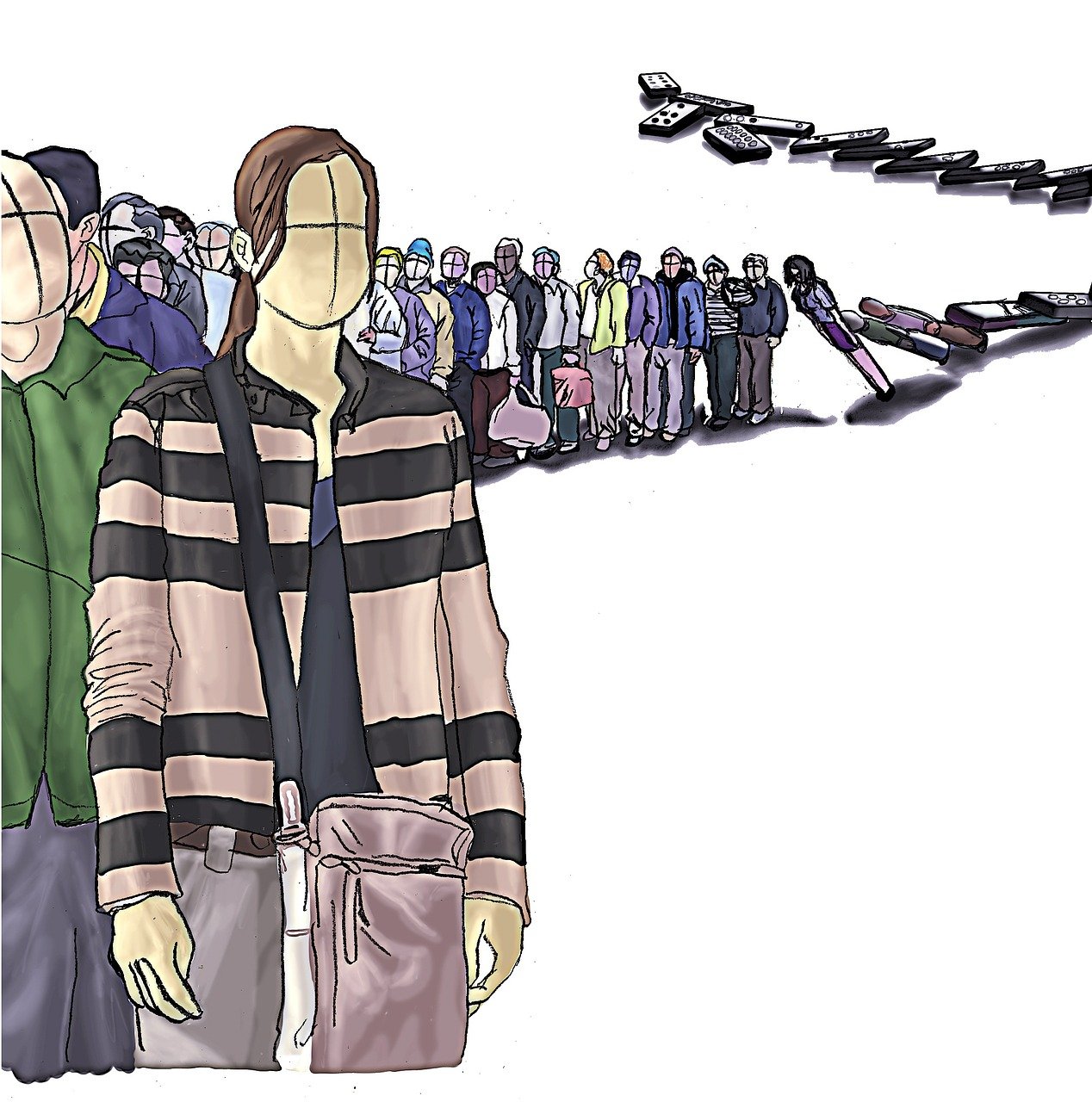 We are pleased to inform our readers that today June 10th, the U.S. Department of State’s Bureau of Consular Affairs released the July Visa Bulletin. In this blog post we breakdown the projected movement of the employment-based and family-sponsored categories during the month of July.
We are pleased to inform our readers that today June 10th, the U.S. Department of State’s Bureau of Consular Affairs released the July Visa Bulletin. In this blog post we breakdown the projected movement of the employment-based and family-sponsored categories during the month of July.
USCIS Adjustment of Status
For employment-based preference categories, the U.S. Citizenship and Immigration Services (USCIS) has confirmed that in July it will continue to use the Final Action Dates chart to determine filing eligibility for adjustment of status to permanent residence.
For family-sponsored preference categories, USCIS will continue to use the Dates for Filing chart to determine filing eligibility for adjustment of status to permanent residence.
Highlights of the July 2024 Visa Bulletin
Employment-Based Categories
Final Action Dates
EB-1 Aliens of extraordinary ability, Outstanding Professors and Researchers, and Certain Multinational Managers or Executives
- EB-1 India will advance by eleven months to February 1, 2022
- EB-1 China will advance by two months to November 1, 2022
- EB-1 All other countries will remain current
EB-2 Members of the Professions and Aliens of Exceptional Ability
- EB-2 India will advance by two months to June 15, 2012
- EB-2 China will advance by one month to March 1, 2020
- EB-2 All other countries will advance by two months to March 15, 2023
EB-3 Professionals and Skilled Workers
- EB-3 India will advance by one month to September 22, 2012
- EB-3 China will remain at September 1, 2020
- EB-3 All other countries will retrogress by eleven months and three weeks to December 1, 2021
EB-3 Other Workers
- EB-3 India will advance by one month to September 22, 2012
- EB-3 China will remain at January 1, 2017
- EB-3 Philippines will remain at May 1, 2020
- EB-3 All other countries will advance by almost three months to January 1, 2021
 Visa Lawyer Blog
Visa Lawyer Blog










